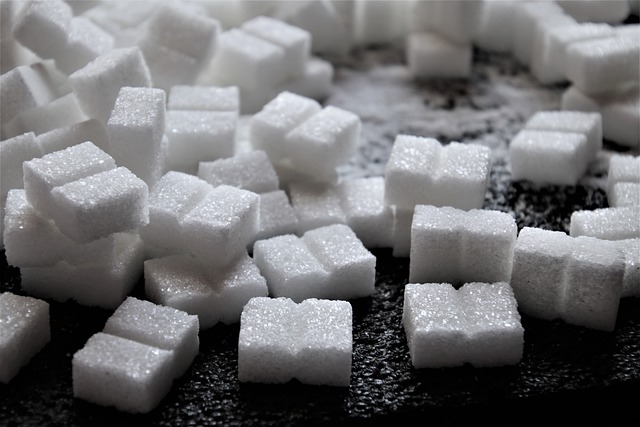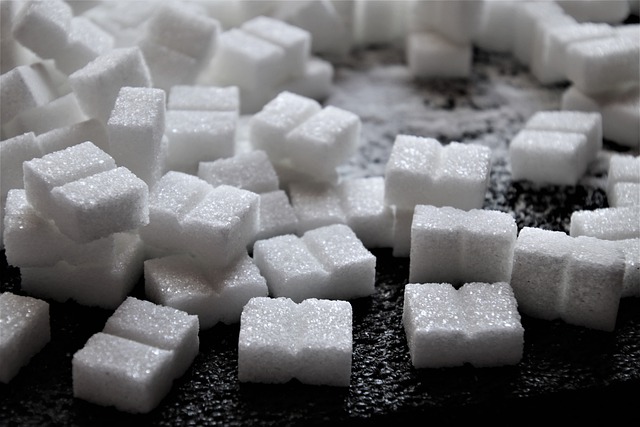
The United States’ sugar refineries make an average of nine million tons of sugar and receive $4 billion in subsidies a year. Americans on average consume about 77 pounds of sugar yearly. Sugar is truly a part of American culture. And just like America, sugar’s history is long and complex.
A Cash Crop
New York Time’s reporter Khalil Gibran Muhammad offers an incredibly vivid and detailed dive into Sugar’s history in America. First brought over by European settlers and merchants, sugarcane became a cash crop. It was seen as a luxury that quickly dominated the colonial economy.
Sugarcane’s meteoric rise resulted in a terrible cause-and-effect for America’s history. The booming agricultural market meant that another industry would boom too — slavery.
Sugar refining was grueling work that took dedication and demanded physical labor. Slaves were brought in to tend to the crop. By 1840 the state of Louisiana was the third wealthiest in the nation, and it’s two highest goods were sugar and people.
Sugar directly contributed to slavery’s presence in the United States. In turn, slavery made sugar readily available to the people, paving the way for it be a prevalent good for centuries to come.
The Story Continues
During prohibition, sugar in beverages reigned supreme. With no alcohol legally available, America got its first taste of regularly produced soda. That lead directly to the sugary drinks today. That pivot has contributed to the poor health of Americans for generations.
The science today teaches us why sugar has such a power over us. Policy has been drafted to reevaluate how we make sugar in attempts to better the health of the world.
Regarding sugar, it’s important to know where it came from and the effects it’s had on us. Just like with our own personal histories, knowing the mistakes we’ve made in the past keep us from making them again in the future. We know that what’s sweet can also leave a bitter aftertaste.
